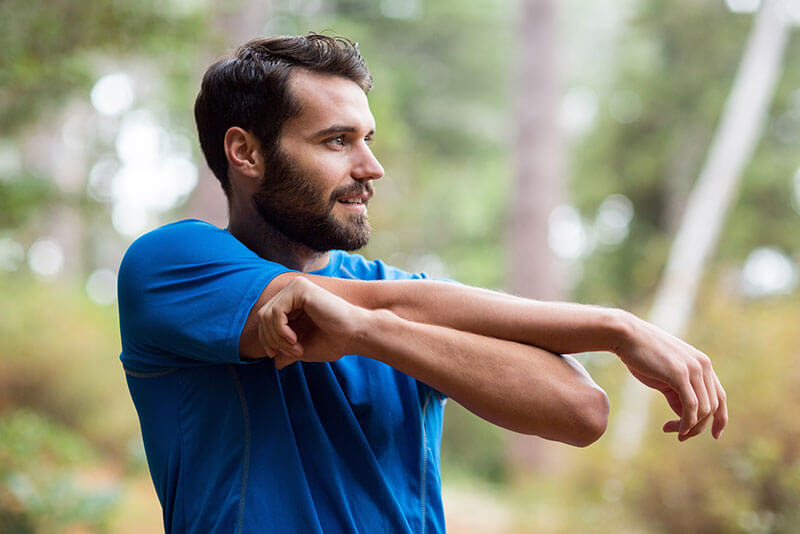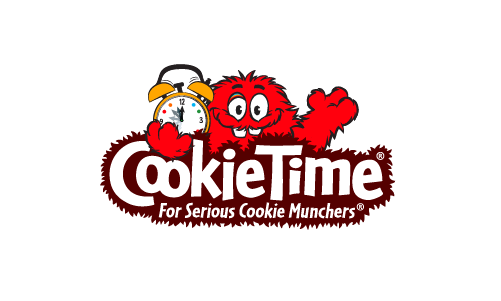You know that feeling the day after a particularly tough aerobic outing or gym session? No, not the pride; the pain! That dull, stubborn ache deep in your muscles is called Delayed Onset Muscle Soreness or DOMS for short. It sucks. But what is it, other than the uncomfortable evidence of your hard work? And, more importantly, how do we make it stop!?
What and Why
The pain comes from microscopic tears within your thoroughly exercised muscle tissue. But they’re not a bad thing – they’re a symptom of the stresses of becoming stronger. The pain is your body’s way of politely informing you “I’m doing repair work, so please take it easy!”
DOMS is generally more pronounced at the beginning of a regimen. When you’re submitting previously unworked muscles to grueling physical labour there will, of course, be a few complaints. As those muscles get accustomed to their new workload, they’ll complain less and maybe even start to enjoy themselves a little! That said, a little stiffness or soreness is natural after pushing yourself, and even veterans experience DOMS when they exert themselves fully.
If you don’t want DOMS, don’t exercise. Unfortunately, there is no avoiding the affliction: it is a natural and unavoidable obstacle on your path to being fit and strong. That said, there are a variety of things that you can do that will significantly reduce the pain and get you back up and moving faster.
BEFORE EXERCISE
Protein
Protein and muscles are good friends. We get the amino acids that are the building blocks of muscle tissue from the protein we eat. In order for your body to rebuild and maintain the muscles damaged during intensive use, it’s imperative that you top up on protein beforehand.
Caffeine
A 2013 study from University of Rhode Island researchers found that caffeine ingestion improves can improve physical performance in a variety of tasks. What is interesting, however, is that they authors say there “a further beneficial effect of sustained caffeine ingestion in the days after the exercise bout is an attenuation of DOMS. This decreased perception of soreness in the days after a strenuous resistance training workout may allow individuals to increase the number of training sessions in a given time period.” So, not only do you perform better – you can perform more. If you’re sensitive to caffeine, try green tea (link GT blog) which has a lower caffeine content than coffee.
Warm up
As every junior coach ever has tried (and failed) to tell their over-enthusiastic charges, warming up is important! Not only for performance and injury prevention, but also for reducing DOMS. Try some light cardio and dynamic stretching to ease your muscles into a strenuous workout.
Water
Hydration, hydration, hydration. Water and hydration are under-appreciated and too-often ignored. Exercising while dehydrated is not good: you’re likely to cause more damage to your muscles and undermine the body’s ability to repair itself.
DURING EXERCISE
Don’t overdo it
Start slow! Too often people will go crazy when they begin a new exercise regimen, running headlong down the street in brand new Nikes. It’s understandable: motivation is as high as awareness of DOMS is low. But, unless you like the pain, take it easy when starting out and let your body become accustomed to novel movements and stresses. Gradually increase intensity alongside your muscular resilience. Your muscles will thank you for it.
Water or electrolyte replacement
Keep drinking! Water is generally fine, but as your body sweats out important electrolytes it’s more likely you develop cramp, fatigue, nausea and even confusion! Who knew you could sweat yourself into confusion? If electrolyte levels aren’t returned to normal your muscles will have a hard time recovering.

AFTER EXERCISE
Stretching
Just about the first thing on your muscles’ to-do list after an intense bout of exercise is tighten up. The first thing on your to-do list is to prevent that from happening: that tightness is a primary source of the soreness to come. Stretch relevant areas slowly and gently, rid yourself of that tight feeling. When muscles are in recovery mode they tend to tighten up, exacerbating feelings of soreness. Slow, gentle stretching of the area will relieve that tight feeling and minimise the pain before it begins.
Massage
Massage, like stretching, can reduce tightness and prompt your muscles into relaxing. In addition, it promotes blood flow – meaning oxygen and nutrients, which helps speed recovery and shorten the duration of DOMS. Foam Rollers, while not as glamorous as a personal masseuse, are a pretty effective way of getting the job done.
Warm bath
Yet another good way to loosen up tight muscles and improve circulation. Also, very nice. A not very nice alternative is taking a cold bath (or shower) which reportedly reduces inflammation and ultimately, muscle soreness by 20 percent.
Sleep
Sleep is when your body does the majority of its healing magic, including protein synthesis which, as we mentioned, is essential for maintaining and repairing muscles. Not getting enough sleep can have serious negative effects on recovery and performance so be sure to catch enough z’s the night after any significant physical exertion.
In conclusion, while we might not be able to prevent DOMS entirely these suggestions should help make the effects more than manageable. Try them out and let us know in the comments if you can disprove the old adage “no pain, no gain.” Good luck!










